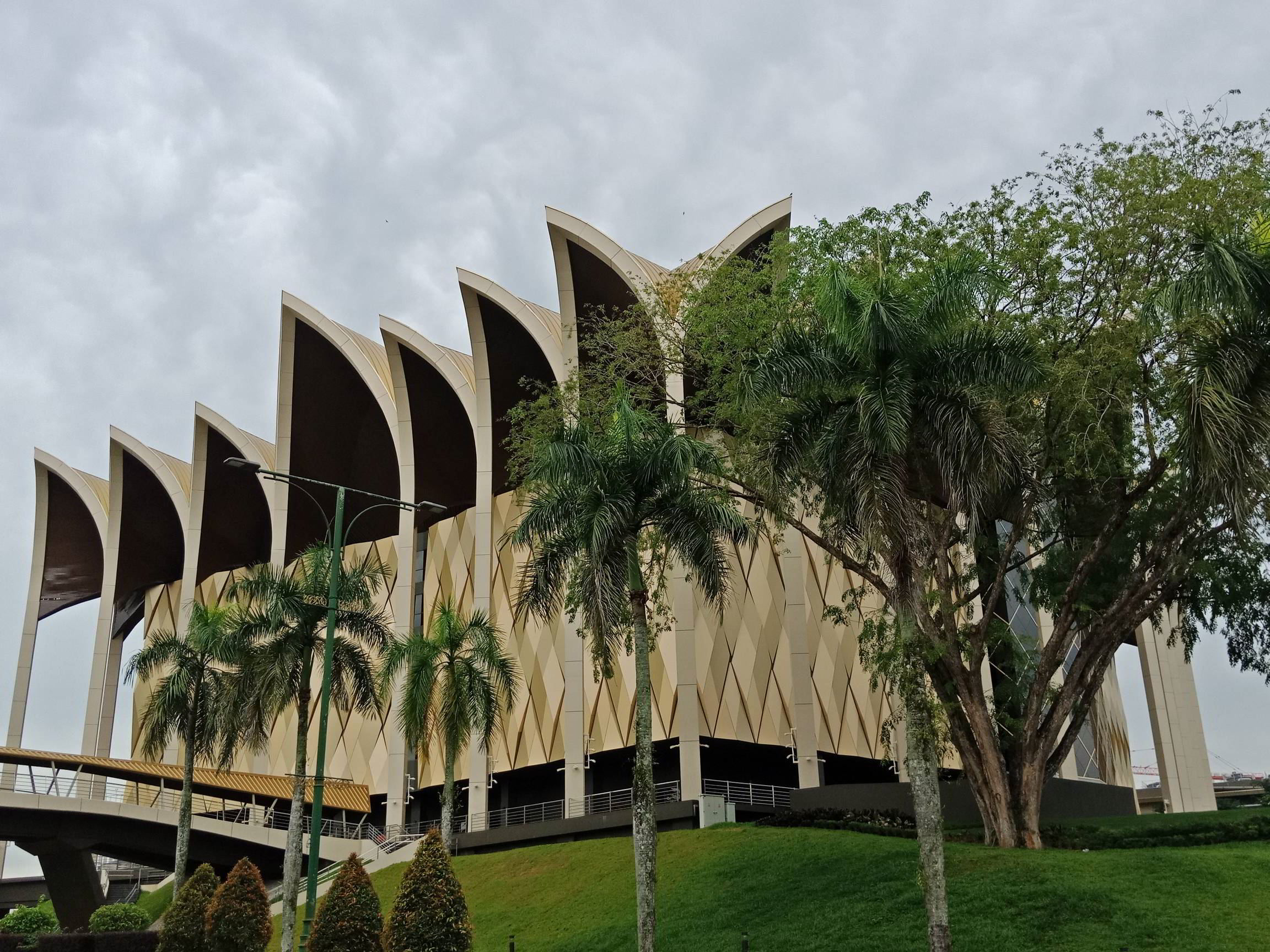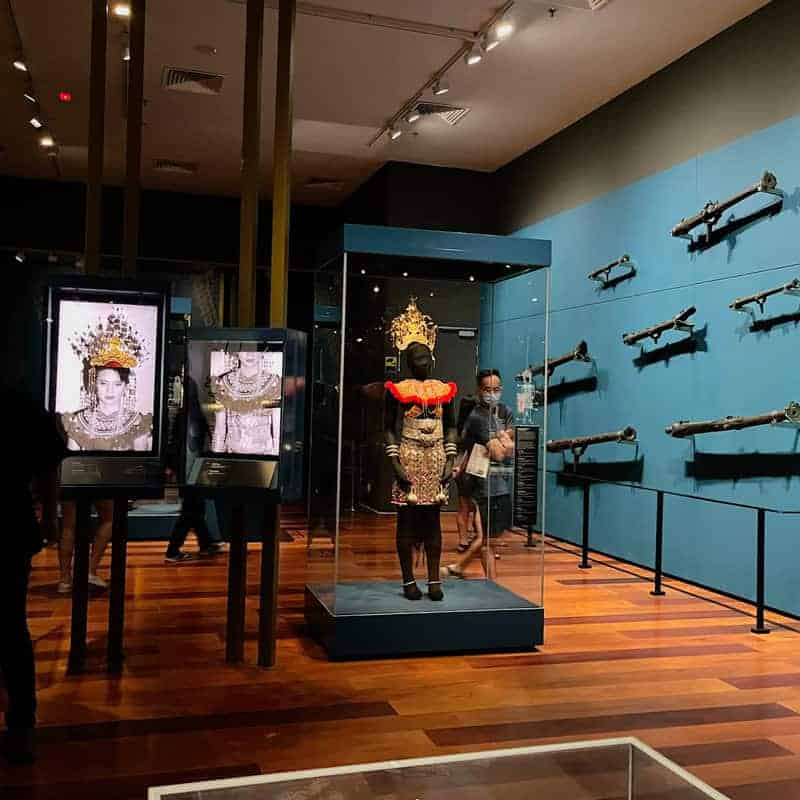Welcome Borneo's Heritage: Visit Cultures Museum
Welcome Borneo's Heritage: Visit Cultures Museum
Blog Article
Delve Into the Remarkable Globe of Borneo's Cultural Heritage: A Comprehensive Overview to the Cultures Museum Experience
Submersing oneself in the elaborate tapestry of Borneo's cultural heritage belongs to beginning on a trip with time and custom. The blend of indigenous people, typical inventions, exciting efficiencies, and historic stories housed within the boundaries of the island's museums uses a peek into a world brimming with profound traditions and dynamic customs. As visitors go across via these repositories of society, they are beckoned to explore a world where past and existing intermingle, inviting reflection on the resilience and richness of Borneo's varied heritage.
Native Tribes of Borneo
Borneo is home to over 50 aboriginal people, each with one-of-a-kind social practices and traditions that have actually been preserved for generations. Among these tribes are the Iban, known for their standard longhouses and intricate tattoos where multiple family members live. The Dayak individuals, one more popular group, involve in fancy spiritual events and are experienced craftsmens, crafting detailed wood makings and woven textiles. The Penan people, on the various other hand, are nomadic hunter-gatherers with a deep connection to the rain forest, utilizing blowpipes for searching and celebration wild plants for food.
These native people play a vital role in maintaining Borneo's rich cultural tapestry. Visitors to Borneo have the chance to immerse themselves in the special way of lives of these people through social trips, homestays, and community-based tourist initiatives.
Traditional Handicrafts and Artifacts

One prominent instance of standard inventions in Borneo is the manufacturing of woven products - Borneo Cultures Museum. Competent weavers make use of all-natural fibers like pandan, bamboo, and rattan delegates develop detailed baskets, mats, and devices adorned with colorful patterns that hold symbolic meanings within the area
The art of woodcarving is another considerable aspect of Borneo's conventional handicrafts. Artisans carve detailed layouts into different sorts of timber to create masks, sculptures, and musical tools that not only offer practical purposes but also hold social relevance, typically depicting folklore or spiritual beliefs.
In Addition, Borneo is renowned for its beadwork, with craftsmens diligently crafting beads from products like glass, seeds, and coverings to develop jewelry, apparel embellishments, and decorative items that showcase the area's vibrant visual practices. These typical inventions and artefacts not only act as tangible expressions of Borneo's cultural heritage but also provide insights into the communities' ideas, values, and way of living.

Social Performances and Festivals
With a deep-rooted link to their cultural practices, the neighborhoods in Borneo come alive through vibrant social performances and festivals that celebrate their heritage. These occasions display the abundant variety of Borneo's ethnic groups, each offering distinct dancings, music, and rituals that have been given through generations. One of one of the most popular celebrations is the Gawai Dayak, commemorated by the Dayak individuals to note the rice gathering season. Throughout this festival, traditional music fills the air, intricate dancings are done, and intricate typical costumes are used. Another considerable event is the Pesta Kaamatan, commemorated by the Kadazandusun neighborhood to appreciate for the rice harvest. This event includes cultural performances, including the Sumazau dancing, and conventional sporting activities like the bamboo dance. Visitors to Borneo can submerse themselves in these celebrations, getting a much deeper understanding of the area's social heritage and experiencing the cozy hospitality of its people. Cultural performances and celebrations act as a vibrant pointer of Borneo's rich cultural tapestry and the significance of preserving these practices for future generations.
Historic Narratives and Artefacts
Exploring the historical narratives and artefacts of Borneo supplies an interesting look right into the area's rich past and cultural advancement. Borneo's historical tapestry is woven with varied influences, mirroring the interactions between native tribes, Chinese investors, European colonizers, and Malay sultanates. The artefacts discovered in Borneo display this complex history, ranging from typical crafts like complex beadwork and woodcarvings to historical prizes such as ancient pottery and devices.
Among one of the most compelling elements of Borneo's historic stories is the preservation of oral practices gave through generations. These stories give insights into the ideas, custom-mades, and day-to-day lives of Borneo's inhabitants throughout the centuries. The artifacts uncovered from archaeological websites supply tangible links to these stories, permitting visitors to witness the material culture of previous societies firsthand.
Contemporary Cultural Preservation Efforts

Additionally, educational programs and social exchange activities play a crucial function in elevating understanding regarding the significance of preserving Borneo's unique social heritage. By involving colleges, museums, and the wider neighborhood in discussions and activities that celebrate Borneo's diverse cultures, preservation efforts can get momentum and support for lasting sustainability. Collaborations between governmental bodies, non-profit companies, and neighborhood communities are necessary in driving these conservation undertakings ahead, making sure that Borneo's rich social heritage remains vivid and treasured for generations to come.
Verdict
In final thought, the cultural heritage of Borneo is abundant and varied, with native tribes, traditional inventions, cultural efficiencies, events, historic stories, and contemporary preservation initiatives all adding to its individuality and significance. Visitors to Borneo's social museums can get a deeper understanding and admiration of the region's cultural heritage, permitting a more immersive and enlightening experience.
Submersing oneself in the elaborate tapestry of Borneo's social heritage is comparable to embarking on a voyage through time and tradition.With an ingrained link to their cultural practices, the neighborhoods in Borneo come alive with vivid cultural performances and events that celebrate their heritage. Cultural efficiencies and events serve as a lively pointer of Borneo's abundant social tapestry and the Clicking Here significance of protecting these customs for future generations.
Moreover, academic programs and social exchange tasks play a critical role in elevating awareness concerning the value of maintaining Borneo's one-of-a-kind social heritage. Partnerships in between governmental bodies, non-profit companies, and local neighborhoods are necessary in driving these preservation he has a good point undertakings forward, making sure that Borneo's abundant social heritage continues to be dynamic and treasured for generations to come.
Report this page